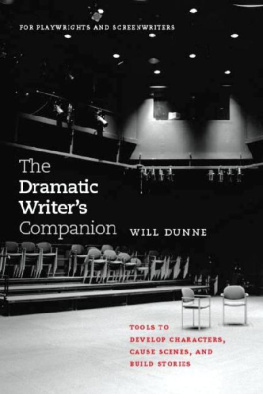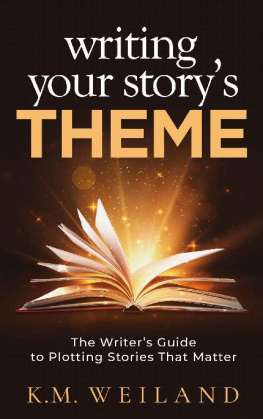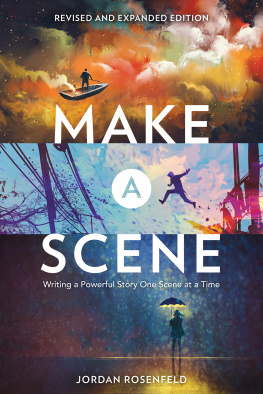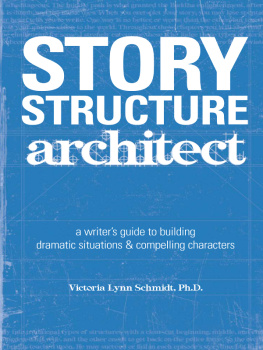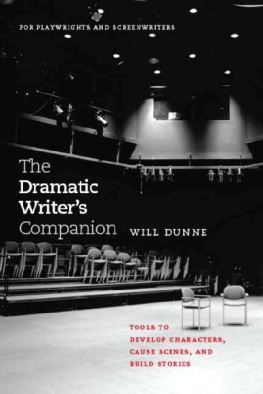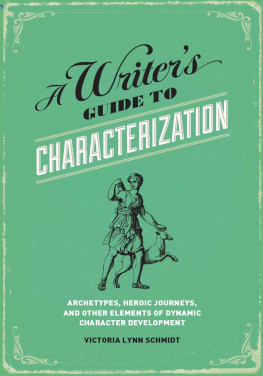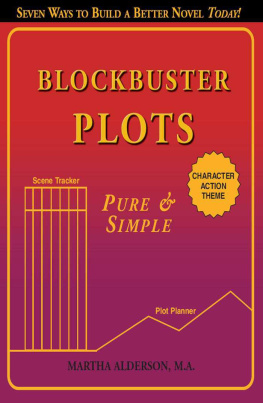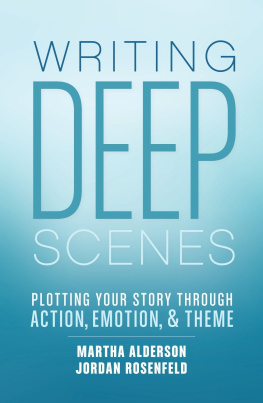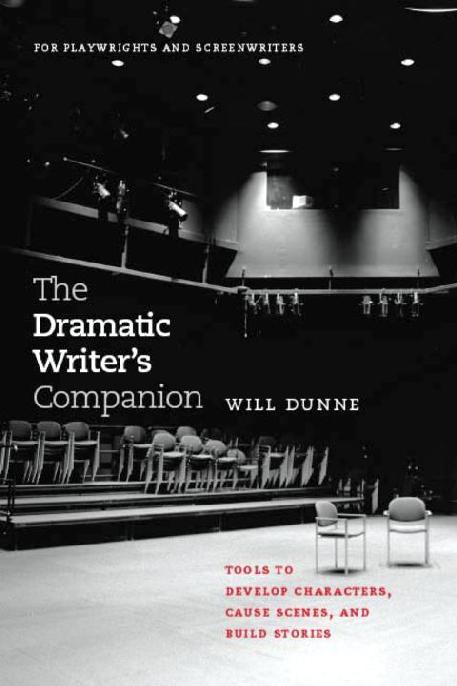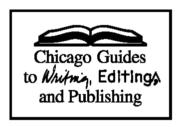Will Dunne - The Dramatic Writers Companion: Tools to Develop Characters, Cause Scenes, and Build Stories
Here you can read online Will Dunne - The Dramatic Writers Companion: Tools to Develop Characters, Cause Scenes, and Build Stories full text of the book (entire story) in english for free. Download pdf and epub, get meaning, cover and reviews about this ebook. year: 2010, genre: Art. Description of the work, (preface) as well as reviews are available. Best literature library LitArk.com created for fans of good reading and offers a wide selection of genres:
Romance novel
Science fiction
Adventure
Detective
Science
History
Home and family
Prose
Art
Politics
Computer
Non-fiction
Religion
Business
Children
Humor
Choose a favorite category and find really read worthwhile books. Enjoy immersion in the world of imagination, feel the emotions of the characters or learn something new for yourself, make an fascinating discovery.
- Book:The Dramatic Writers Companion: Tools to Develop Characters, Cause Scenes, and Build Stories
- Author:
- Genre:
- Year:2010
- Rating:4 / 5
- Favourites:Add to favourites
- Your mark:
The Dramatic Writers Companion: Tools to Develop Characters, Cause Scenes, and Build Stories: summary, description and annotation
We offer to read an annotation, description, summary or preface (depends on what the author of the book "The Dramatic Writers Companion: Tools to Develop Characters, Cause Scenes, and Build Stories" wrote himself). If you haven't found the necessary information about the book — write in the comments, we will try to find it.
Having spent decades working with dramatists to refine and expand their existing plays and screenplays, Dunne effortlessly blends condensed dramatic theory with specific action stepsover sixty workshop-tested exercises that can be adapted to virtually any individual writing process and dramatic script. Dunnes in-depth method is both instinctual and intellectual, allowing writers to discover new actions for their characters and new directions for their stories.
Dunnes own experience is a crucial element of this guide. His plays have been selected by the Eugene ONeill Theatre Center for three U.S. National Playwrights Conferences and have earned numerous honors, including a Charles MacArthur Fellowship, four Bay Area Theatre Critics Circle Awards, and two Drama-Logue Playwriting Awards. Thousands of individuals have already benefited from his workshops, and The Dramatic Writers Companion promises to bring his remarkable creative method to an even wider audience.
Will Dunne: author's other books
Who wrote The Dramatic Writers Companion: Tools to Develop Characters, Cause Scenes, and Build Stories? Find out the surname, the name of the author of the book and a list of all author's works by series.

